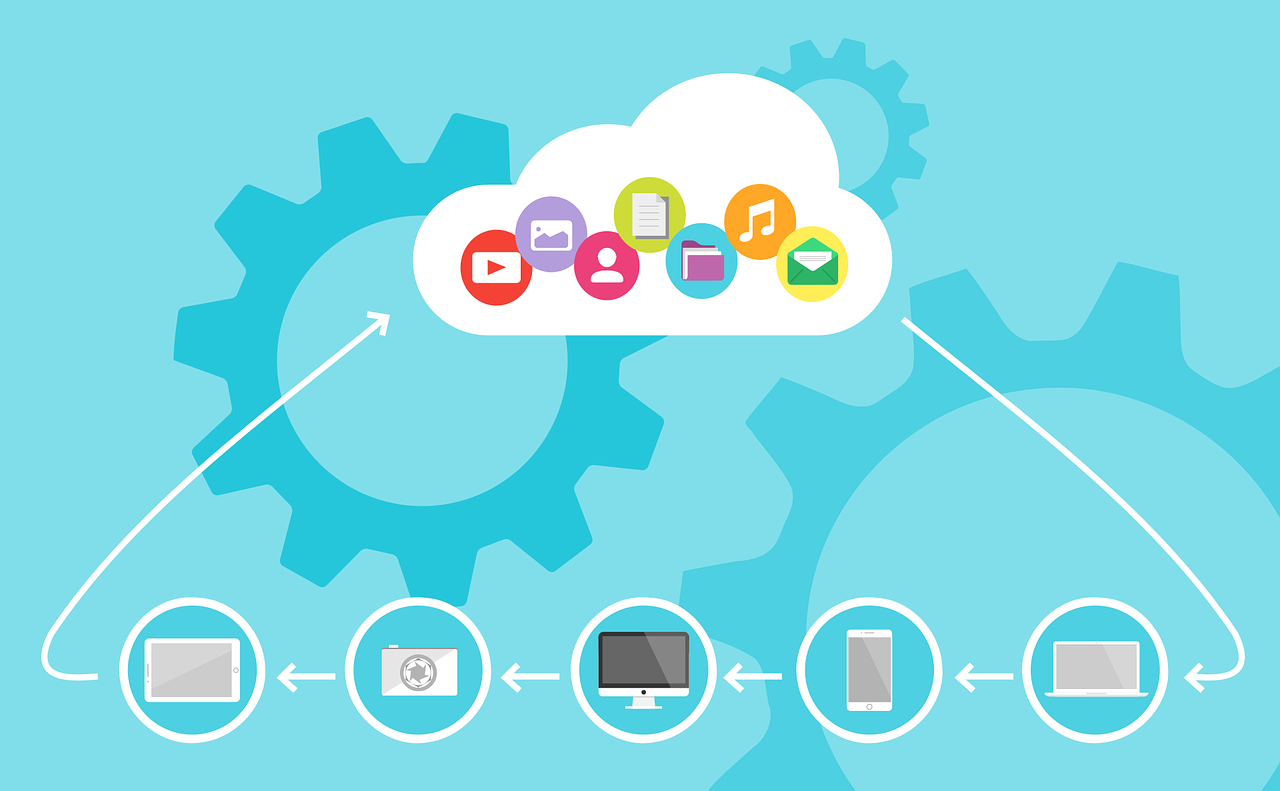
As companies and teams become more and more distributed, communication only becomes more important. For organizations that deal with finance matters, this is only more true. There is no room for miscommunications and distractions when there are large amounts of money being transferred and worked with. One client came to us seeking a solution to their management of tickets, along with some sensitivity to permissions, communications, and the ability to track change. Located across a large geographical area, our client sees multiple opportunities for failure that they want to address as soon as possible.
Our client works for a mortgage company that fields e-mails from their entire corporate headquarters and all of their different branches. As a team of system administrators, our client receives a variety of requests for work, from issues to suggestions to feature requests. Often, items that come in as issues or suggestions turn into feature requests and projects, and being able to track this change or refinement in understanding the work can be tricky. A hard requirement that our client has is for everything—every action, every conversation—to be documented. Because our client needs to report these details to their loan operators, it is absolutely crucial that they can track as much detail as they can.
In light of the fact that our client highlighted tickets comprising the bulk of their work, they had concerns about their team mixing up tickets with project team work. In OneDesk, we separate tickets from tasks by having set applications for managing each. For our more tickets-focused client, we suggested turning off the Tasks application, which would make it less confusing for their team. However, since they noted that some tickets become larger tasks, they wondered if it was possible to keep both tickets and tasks, but to streamline usability. They were pleased to learn that at the user level, they are able to limit access to the Tasks application.
Because our client has the intention of getting all of the other departments in their organization to use OneDesk, they had some concerns about how to manage the visibility and permissions of work. The way tasks and tickets are organized in OneDesk is hierarchically. Although tasks and tickets can exist outside of projects and portfolios, in order to de-clutter and set what tickets are visible to what users, we commend using projects and portfolios to create separation and organization. In OneDesk, we have the concept of teams. This feature allows our client to setup groups of users to and assign them to a particular department. In combination with projects and portfolios, our client can then set the permissions on a project to ensure that the proper team has the ability to view and interact with only the tickets relevant to them.
OneDesk uses a hierarchy of portfolios, projects, and folders to organize both tasks and tickets. Projects serve as containers for the lower level work items and there are no limits to the number of projects, folders, and portfolios our client can use to organize their work. Our client noted that sometimes they wanted a more holistic view of items, without the projects dividing them. To address this concern, we highlighted two key aspects of OneDesk that highlight the flexibility of the software. The first is that projects are completely optional; although they may be helpful for grouping requests from a particular team or department, tickets and tasks can exist outside of projects as well. For instances where the hierarchical structure still should be maintained, our software also offers different views of work. Where the tree view presents work items in distinct levels according to the projects, folders, and portfolios they are in, we also offer a flat view that presents all work on one level. OneDesk’s views can even be customized based on filter criteria. This allows our client to set up views tailored for each of their technicians, which addresses any lingering concerns about focus
In terms of the comprehensive documentation needs of our client, OneDesk provides that by default. Every change made is tracked in the ticket, and every communication is visible on the ticket itself via our Conversations feature. A use case that our client called out was the ability to share or forward a collection of the previous communications on a ticket to someone new to the situation. For bringing people up to speed on the state of things, it makes sense that our client would look for ways to make this process more efficient. One solution that was offered was through our follower system. Any user can be added to a ticket as a follower, thus giving them access to all of the past conversations on the ticket. From this solution, our client was concerned about particularly long conversations that might not be best read through OneDesk. To address this, we suggested exploring the various actions that can be taken for a ticket. Our recommendation was for our client to export the ticket details as a PDF, which could then be attached in a conversation that would then be sent to all of the ticket’s followers. This is a great way to get someone quickly caught up on the state of things.
By logging and managing all of their work in OneDesk, our client centralizes all information in a software that tracks every change. Along with OneDesk’s concept of conversations on every task or ticket, communications are also kept in one place and can be referenced at any time. In concert with the ability to tune permissions and access to particular tickets and projects, our client is empowered to help their team, department, and organization to work more efficiently. Whether they are predominantly working on support tickets or larger projects, there are multiple ways in which our client can focus on the right things at the right time.